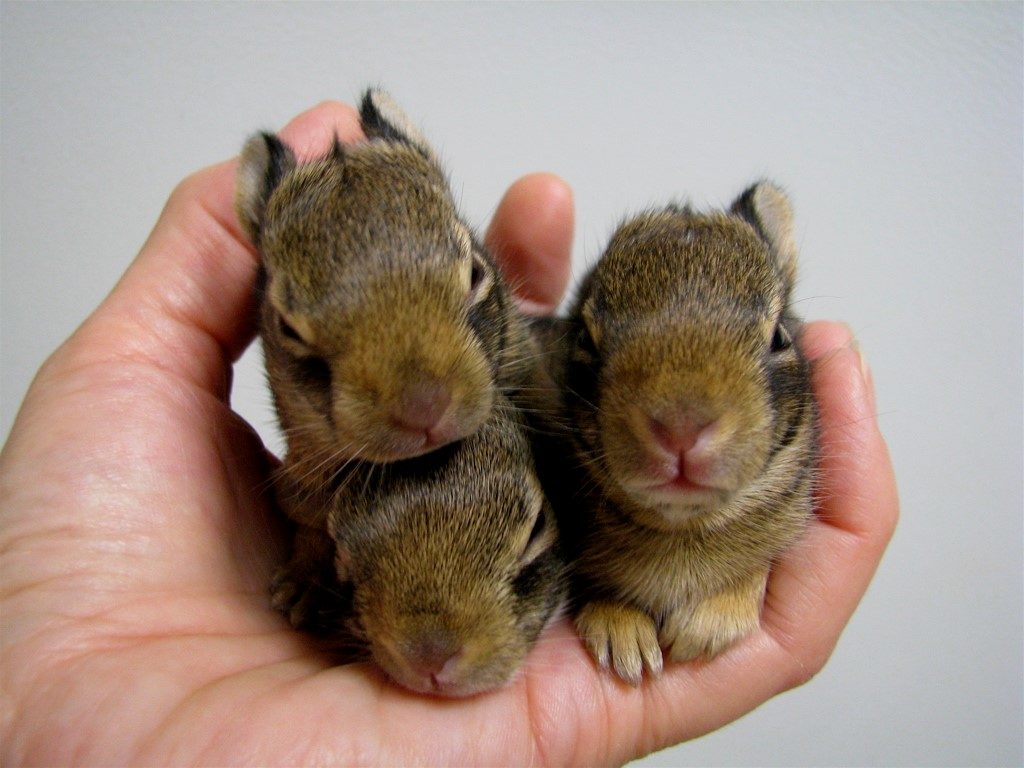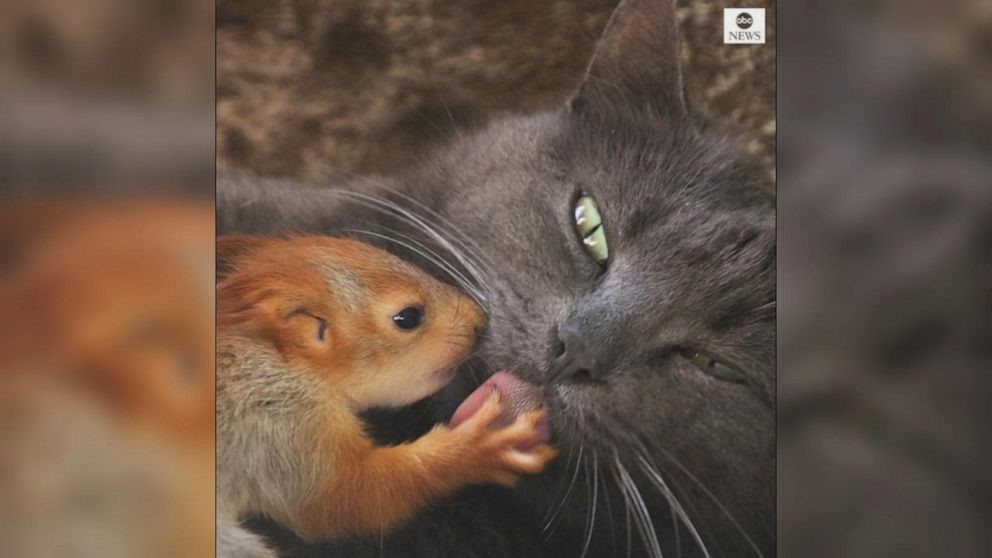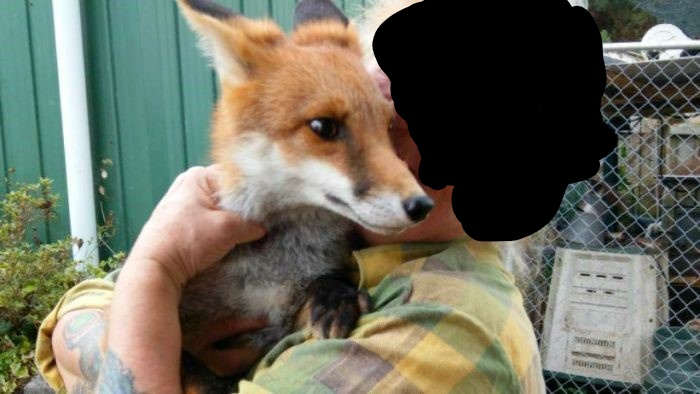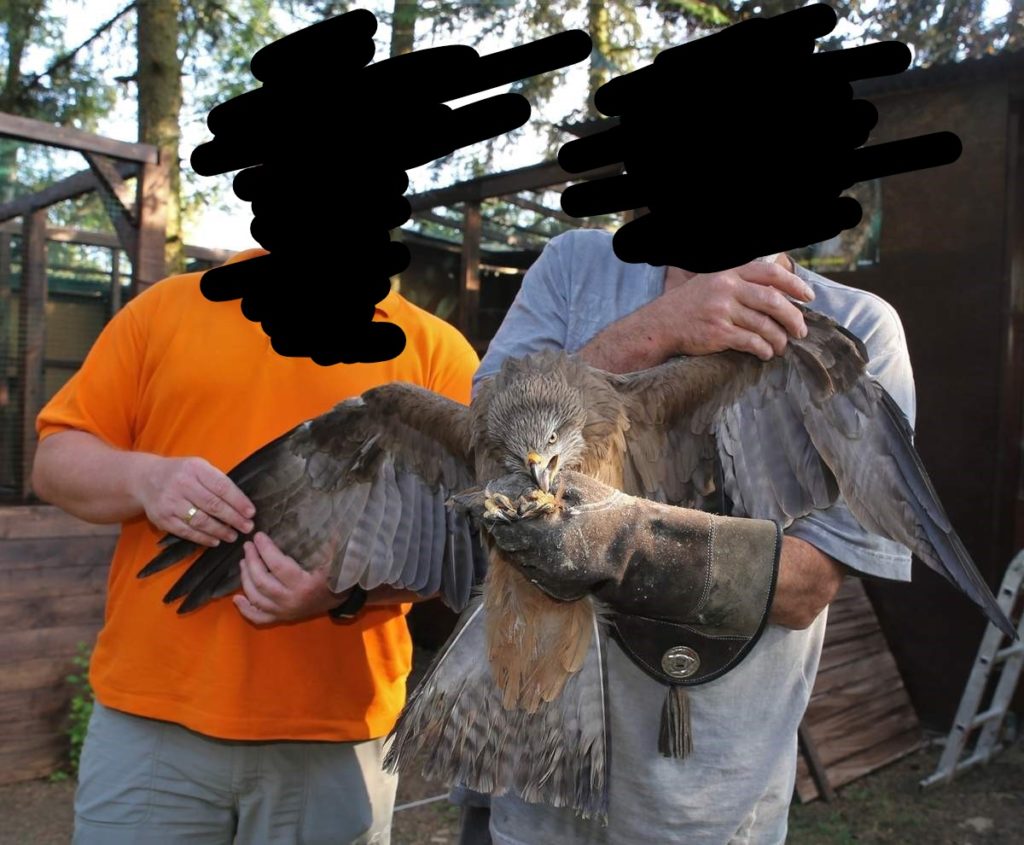When I open any of the social media platform apps on my phone, I often see pictures of some wild animal held into the camera with the report or description of how it was ‘saved’ by somebody great. (I know that some clever person wrote this nice algorithm that figures out that I am interested in wildlife in general 😊.) Don’t get me wrong I am happy about any wildlife in need get help. But what we as humans, who live with no real predators to fear, often forget, is that those wild animals are terrified of being picked up, grabbed, held up high into a camera by the world’s most feared predator, us.
I know, I know! Often, they don’t seem to mind, but wildlife is very good at hiding any weakness, as they are desperately debating about the best option, fight or flight?! The handling causes them high-stress levels, which are energy consuming, negative for any healing process and is often totally unnecessary. And then there are the baby animal pictures, yes these are much more relaxed and don’t seem to fear the human (or even worse in some cases, the dog or cat) anymore. That is because they are IMPRINTED!!!
Sorry for shouting there. But this is really a hot topic. Imprinted means that they see the human (cat, dog…) as a social or even a sexual partner. They don’t see them as a threat or a danger. Does that sound like a wild animal to you? Probably not. Often, they cause a lot of problems as they grow up and can’t be released, so those imprints live in captivity which isn’t the goal of wildlife rehabilitation and they take up resources which another animal needs. Even if they are released, they often seek out humans or domestic animals and endanger themselves or others with that kind of behaviour.
A lot of you might wonder “what harm is it if a squirrel is a bit tame and plays with the dogs in the city park or visits a playground?” Well, not all dogs lost their hunting instinct and might use the squirrel as a chew toy and not all mothers appreciate if a squirrel climbs over their toddler and steels the snacks. What if this squirrel gets a fright or a bit too frustrated and bites one of the children there? Not so funny anymore. What to do then, does it need to be removed (which is just a bit of greenwashing for getting killed)? Well, it might be a bit exaggerated on my part now, but it has happened before with hand-raised crows and foxes.
Hopefully, you get my point. The goal of wildlife rehabilitation is to release a healthy animal back into the wild. Healthy includes them being able to find their appropriate food, recognize the proper sexual partner and reproduce and show appropriate fear of dangers, like people, domestic animals, cars, etc.
So why the rant about this? Well, because of more and more social media groups of wildlife ‘rescue’ groups. Especially here in the country, I am working in, we don’t have many big (or even small) wildlife rehabilitation centres. So, a lot of groups, little NGOs form and want to help wildlife. Which is fine, but I want to show that wildlife rehabilitation should mainly be done by professionals, people who have learned the appropriate skills, people who have gone to, and learned from, other wildlife rehabilitation centres, and ecologists, biologists, vet techs, or veterinarians with special knowledge about wildlife. There are so many things that can go wrong, which in the end will cost the wild animal its life.
So even wild animals don’t show it; they are constantly stressed while they are in care. The wildlife centres I visited have their own strategies to reduce this stress as much as possible. The injured animals are separated in enclosures, designed to keep them safe and give them enough space to feel comfortable. No humans walk by constantly and there is absolutely no contact with domestic animals. There are no loud noises, and with orphaned animals, there are techniques used to prevent them from seeing you as a food source (if they are likely to imprint). Contact is kept to a minimum and for longer procedures animals are sometimes sedated …
Just to mention a few! So, you see, a layperson at home might struggle to offer all that. But not all wildlife rescue places are great either.
We lack the opportunity to build a profession in this sector. We need to improve.




https://www.vin.com/vetzinsight/default.aspx?pid=756&id=5454945 an example in the U.S. that squirrels are not pets and what can happen if you want to release them
https://veterinaryrecord.bmj.com/content/vetrec/172/8/211.full.pdf example about stress in wildlife
https://lafeber.com/vet/basic-wildlife-rehabilitation-triage/ Dr. Schott talks about important considerations in wildlife rehabilitation
https://www.wildtierhilfe-wien.at/wildtierpflege-und-unserioese-webauftritte/ Biologist and Head of a local NGO here in Vienna BSc E. Moser-Gattringer just wrote an article about the topic in german